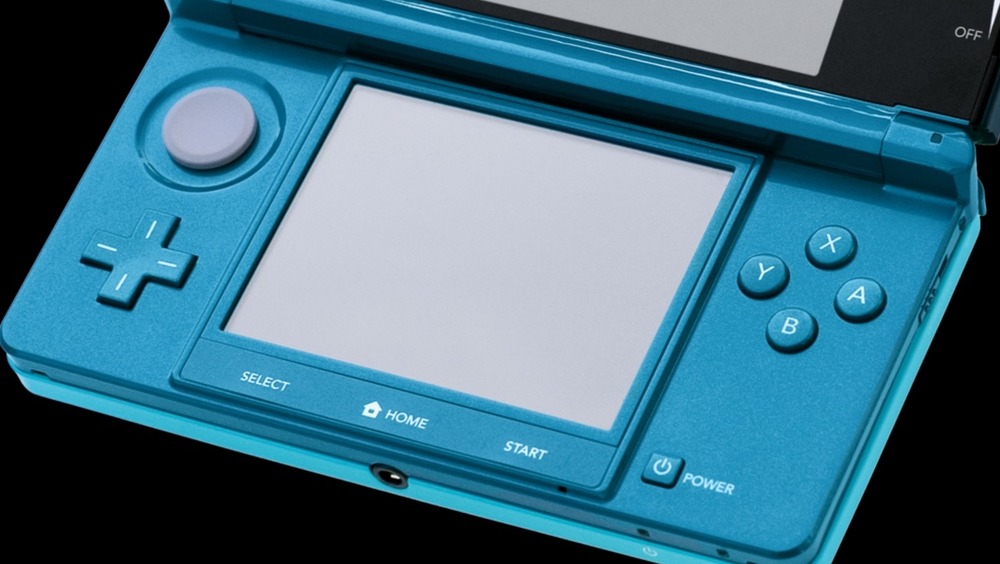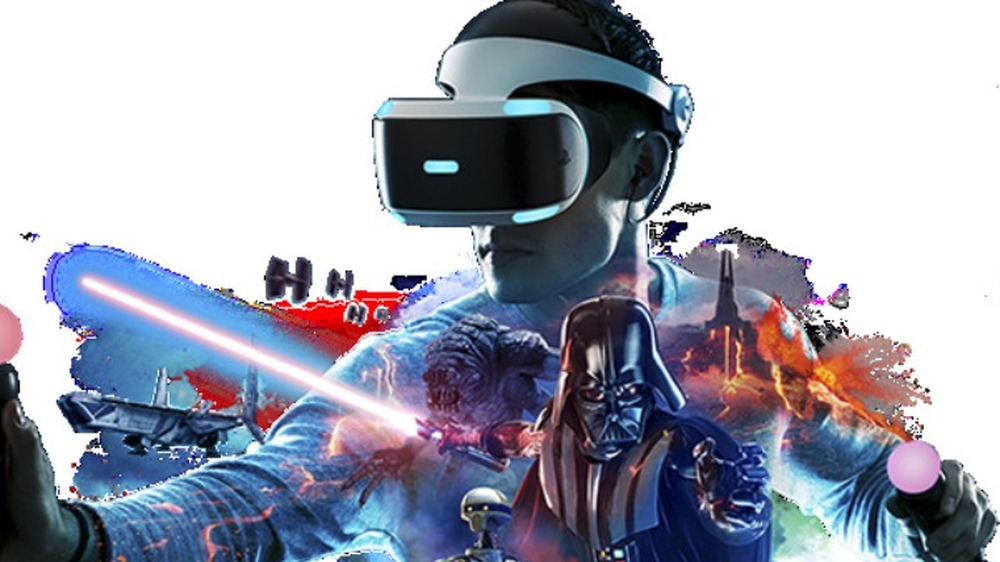This Is Why 3D Gaming Was A Complete Failure
In the 2010s, when the Nintendo 3DS had popped into existence and 3D movies were making a comeback, it seemed like 3D gaming was the future. Now, Nintendo has abandoned the 3DS model in favor of a non-3D console/handheld hybrid, the Nintendo Switch, and as for movies, well, theaters aren't doing so great during a pandemic.
Nintendo had attempted 3D gaming prior to the 3DS, but the Virtual Boy system (a notorious flop) didn't garner nearly as much praise as Nintendo's later attempts at 3D gaming. Really, no 3D system has earned the respect of the gaming community as a whole. As of now, 3D gaming seems to be officially dead, although alternatives like virtual reality gaming have remained reliable, if not popular. But why did 3D gaming, once the next big thing in games, lose its popularity?
In short: 3D games promised impressive graphics and immersive worlds for gamers. Instead of delivering on these promises, many players experienced empty pockets, headaches, and a lack of interest in the new gaming technology.
The price of entry was steep
To experience 3D gaming, one has to have a setup that allows for 3D. The Nintendo 3DS included the option to make games 3D, eliminating the need for other peripheral equipment, but consoles that supported 3D gaming would need a television capable of rendering the more complex graphics.
When glasses-free 3D TVs were more readily available and popular, they couldn't hit sales goals because of their high price point. Adding 3D optimization to televisions isn't cheap, making 3D-capable televisions inaccessible for the average consumer. Consoles, like the PlayStation 3, that included 3D gaming options necessitated a 3D-capable TV, and that's not feasible for many gamers, especially after the cost of the console itself.
Even though the 3DS was relatively successful compared to console games that required specialized equipment, it still had a higher price point than some other handheld systems. In an op-ed for Wired, Chris Kohler contends that even after Nintendo reduced the price of the 3DS by $80, the system was still too expensive. Kohler ultimately determines that the Nintendo 3DS online store's expensive titles and lack of demos, along with the handheld's price, reduced its appeal to many gamers.
Headaches don't instill confidence
One of the reasons that's harder to quantify is gamer satisfaction. It's possible that audiences just didn't want 3D game options or didn't use them when provided. One online discussion between players describes various gripes with 3D gaming, including the lack of desire for 3D options. 3D is its own niche in the gaming world, and it's possible that many gamers simply didn't want to engage with it.
Or maybe they couldn't. After reports began surfacing of players developing extreme headaches and nausea after playing the Nintendo 3DS, Nintendo put a page on their official site explaining that the 3DS is "perfectly safe." Even though the handheld system was safe, headaches greatly affect one's desire to play a 3D game. The Nintendo 3DS has a slider to control the intensity of the 3D effects, and 3D mode can be turned off entirely. However, the 3DS didn't succeed because of its 3D effects but in spite of them.
Did 3D games really fail?
To date, the Nintendo 3DS is one of the more mainstream gaming options for 3D, and even it had a rocky life. Though the Nintendo 3DS wasn't as popular as Nintendo wanted, it still had a few franchises worthy of revival on the Switch. Nintendo isn't alone in its failure at 3D. Sony has continued to include 3D games in its lineup but has largely moved to virtual reality instead of more traditional 3D, though the way their latest console supports VR is, well, different.
3D gaming has faded away for now, though it could always return in the future. Just as 3D games had been around for decades when Nintendo and Sony, among other developers, began experimenting with 3D technology, 3D gaming might not ever truly die. Chances are, as technology improves and evolves, 3D gaming could return for a glorious comeback. You never know, 3D movies might return, too.




